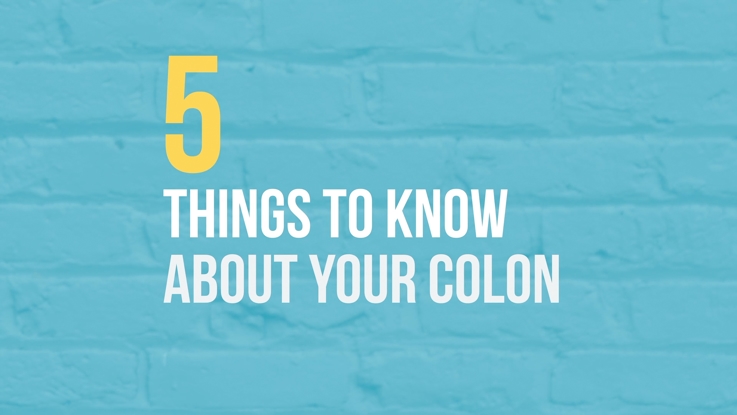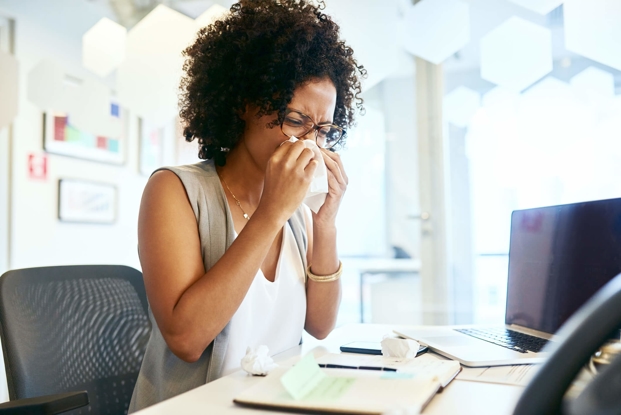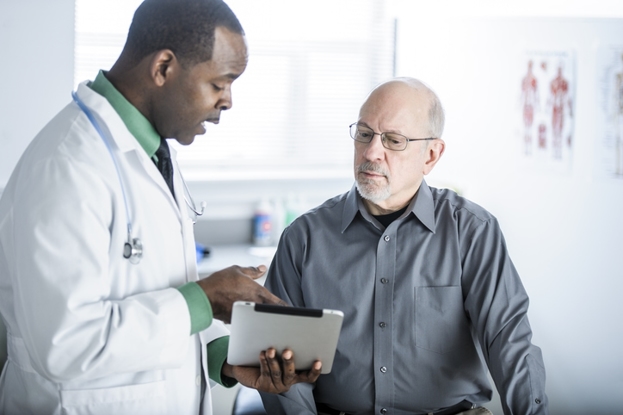Ask the doc: Should I be doing breast self-exams?
- Category: Breast Care
- Posted On:
.jpg)
A breast self-exam involves regularly checking your breasts for any unusual changes or signs of breast cancer. Though self-exams were once a standard preventive care recommendation, today the American Cancer Society does not recommend self-exams as a screening method for women of average breast cancer risk.
(FYI: women are considered to be of average risk if they do not have a personal or family history of breast cancer, or any genetic mutation known to increase breast cancer risk, and if they have not had chest radiation therapy prior to turning 30.)
MORE: Dr. Schuyler Williams talks about Breast Cancer
If that’s the case, you may be wondering why you should bother with a breast self-exam. A better question might be: why not?
If a regular breast self-exam helps you familiarize yourself with your normal breasts and body, it can help you identify any changes or concerning symptoms as early as possible. And when it comes to cancer, early detection is the best chance for successful treatment and survival.
The bottom line is to do what makes you comfortable and to be sure you know what’s normal for your body and breasts. And if regular breast self-exams help you accomplish this, we think it’s a great step to incorporate into your wellness routine.
How to conduct a 3-step breast self-exam
Step 1: Take a look in the mirror
To start, stand in front of a mirror and take a close look at your breasts.
First, you’ll want to try and stand like superwoman: with your shoulders straight and square, and your hands firmly on your hips. Next, perform the same visual exam with your arms raised over your head.
Look closely for anything unusual, like new shape, size, swelling, redness, rash, or changes in coloring.
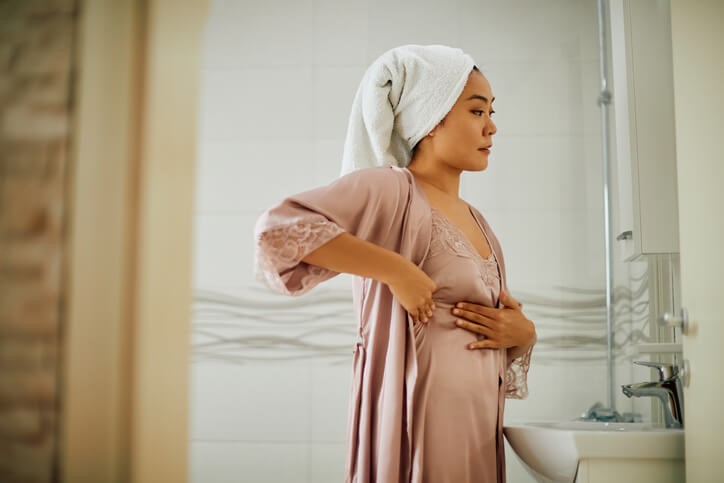
Also, look for atypical textures, such as puckering, dimpling, or bulging skin.
Pay attention to your nipples. Have they changed position or shape? Is one or both suddenly inverted (pointing in instead of out)? Are there any signs of fluid (not breast milk)?
Step 2: Feel breasts while lying down
Next, lie down in a horizontal position. Using you right hand to feel your left breast, firmly touch your breast with your finger pads using a small circular motion. Be sure to explore the whole breast, from top to bottom and side to side.
To make sure you feel everywhere, you can try following an up-and-down pattern across your entire breast—as if you were mowing a lawn!
Next, repeat using your left hand to feel your right breast.
Step 3: Feel breasts while standing up
Lastly, feel your breasts while standing or sitting upright. Follow the same pattern used during step 2 to examine both breasts.
Quick tip: it can be easier to get a feel for your breasts when the skin is slippery and wet, so many women like to do this step in the shower.
If you think you’ve found a lump, don’t panic…
It’s normal for women to experience lumps or bumpy areas in their breasts from time-to-time, and most lumps are benign (aka, non-cancerous). Benign bumps can be caused by a variety of conditions, including hormonal changes or injury.
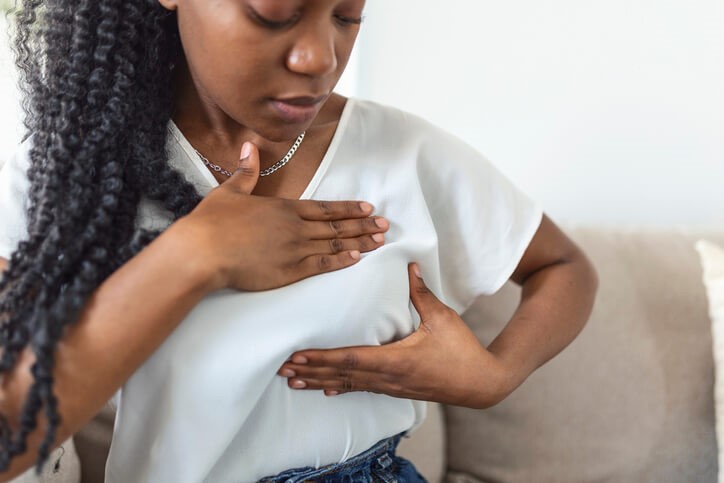
…But call your doctor, just to be safe
MORE: What does it mean if you have dense breasts?
It’s always a good idea to talk to your healthcare provider ASAP if you find a lump or detect any changes in your breasts. Particularly if they stick around for more than one menstrual cycle.
Your doctor will most likely want to schedule an appointment so that they can conduct their own exam on your breast. They may order a breast imaging test, which could consist of an ultrasound or a mammogram. If they determine it’s necessary, your doctor may also refer you to a breast specialist or surgeon for a second opinion.
Other tips for lowering breast cancer risk
Self-exams are just one part of cancer prevention and detection strategy. It’s also important to:
- Starting at age 40-45, begin regular breast cancer screenings
- Talk to your doctor about your risk factors, including any family history of breast cancer
- Eat a healthy diet
- Maintain a healthy weight for you
- Get plenty of movement and physical activity
- Avoid smoking
- Limit alcohol consumption
MORE: Preventing cancer
Ready to schedule your mammogram? Visit touro.org/breastcare
